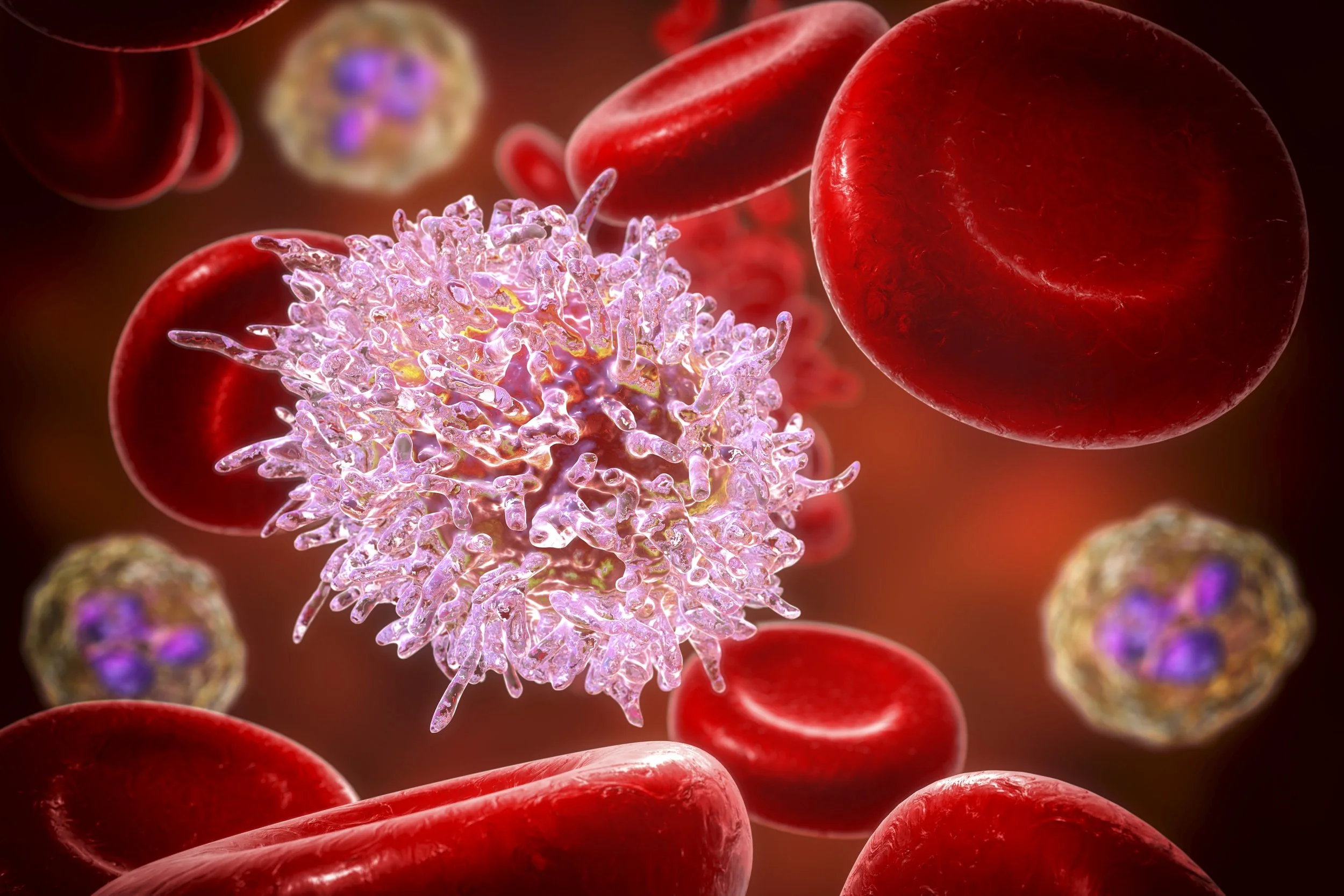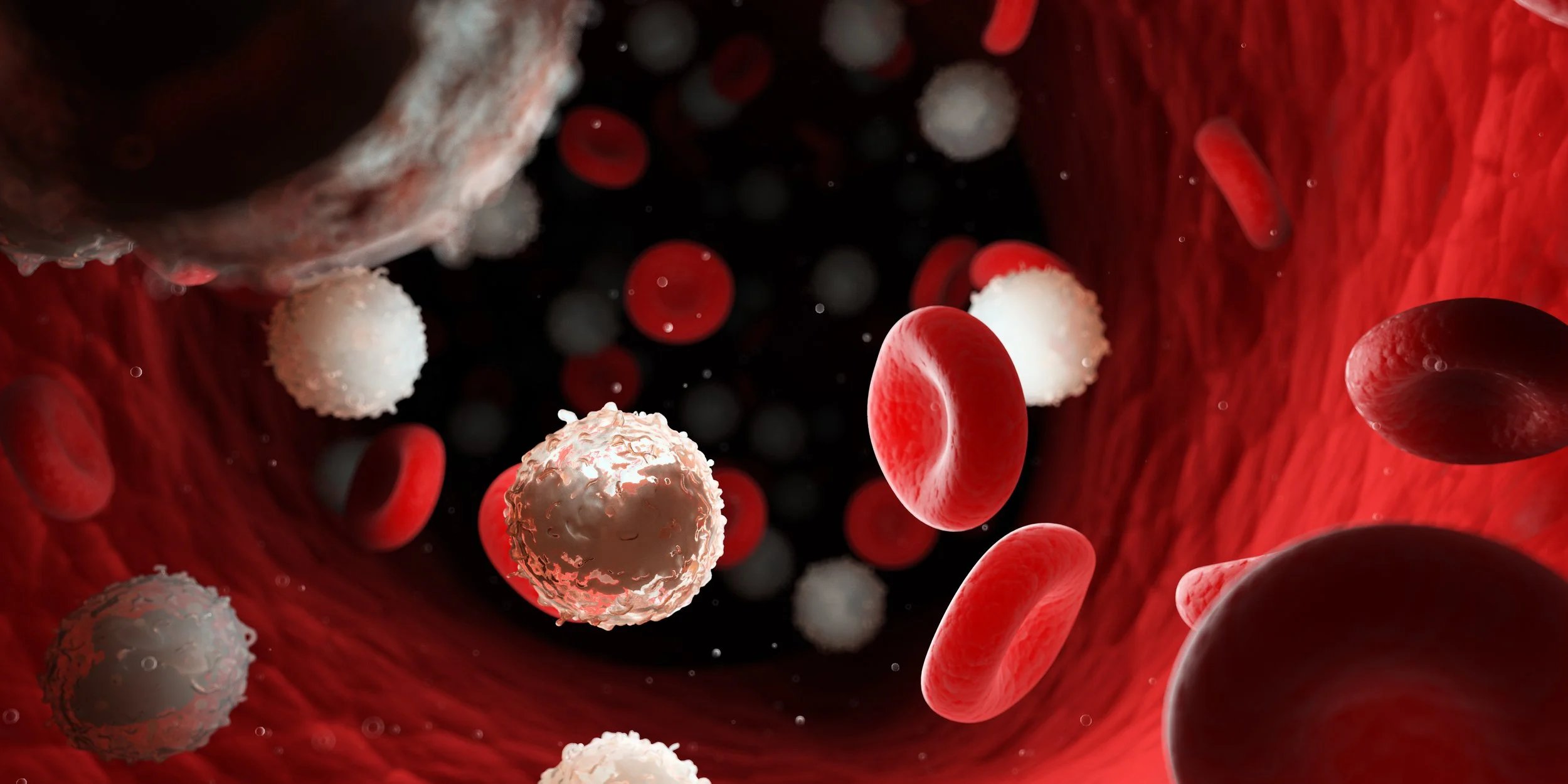Mechanistic basis of Leukemic Transformation
Phosphatidylinositol glycan anchor biosynthesis class N (PIGN) has been linked to the suppression of chromosomal instability. The spindle assembly checkpoint complex is responsible for proper chromosome segregation during mitosis to prevent chromosomal instability. In this study, the novel role of PIGN as a regulator of the spindle assembly checkpoint was unveiled in leukemic patient cells and cell lines. Transient downregulation or ablation of PIGN resulted in impaired mitotic checkpoint activation due to the dysregulated expression of spindle assembly checkpoint-related proteins including MAD1, MAD2, BUBR1, and MPS1. Moreover, ectopic overexpression of PIGN restored the expression of MAD2. PIGN regulated the spindle assembly checkpoint by forming a complex with the spindle assembly checkpoint proteins MAD1, MAD2, and the mitotic kinase MPS1. Thus, PIGN could play a vital role in the spindle assembly checkpoint to suppress chromosomal instability associated with leukemic transformation and progression.
Racial and Ethnic Health Disparities in Lead Exposure
The aim of this study was to determine whether long-standing racial disparities in lead exposure still exists for children age 1-5 years old. We examined if blood lead levels were higher among non-Hispanic Black children and others compared to non-Hispanic White children. Although lead exposure in the general population continued to decline for all racial/ethnic groups, non-Hispanic Black children still had higher BLL than non-Hispanic White children. In more recent years, the racial/ethnic gap was lesser but persisted. Racial/ethnic disparity in childhood BLL could be partially explained by socio-economic factors.
Blood lead levels and blood pressure in Americans
The aim of this study was to investigate the association between blood lead level (BLL) and hypertension in adults when lead exposure for the general population is low. The study used data from the US National Health and Nutrition Examination Survey (NHANES) 1999-2016. Participants aged 20 to 79 years were included in our study. Weighted multiple linear regression and logistic regression were conducted to test the association between BLL and systolic/diastolic blood pressure and hypertension status, respectively, while controlling for age, gender, race/ethnicity, body mass index, income level, and education. A total of 30,467 participants were included in this study. There was no association between BLL and hypertension status for the overall sample. Among those who were not taking antihypertensive medication, after adjusting for covariates, systolic blood pressure was positively correlated with BLL in non-Hispanic Whites (P = 0.004) and non-Hispanic Blacks (P = 0.0005), but not Hispanics (P = 0.07) nor Others (P = 0.37). The relationship between diastolic blood pressure and lead levels was also significant in non-Hispanic Whites and non-Hispanic Blacks. This study showed that higher BLL was associated with higher systolic and diastolic blood pressure in some population groups, but not associated with hypertension status.
Chromosomal instability and Leukemic Progression
PIGN gene expression aberration correlated with the elevation of genomic instability marker expression that was independent of the TP53 regulatory pathway. Suppression/elimination of
PIGN protein expression caused a similar pattern of genomic instability that was rescued by PIGN restoration. Finally, we found that PIGN bound to the spindle assembly checkpoint protein, MAD1, and regulated its expression during the cell cycle. In conclusion, PIGN gene is crucial in regulating mitotic integrity to maintain chromosomal stability and prevents leukemic transformation/progression.





